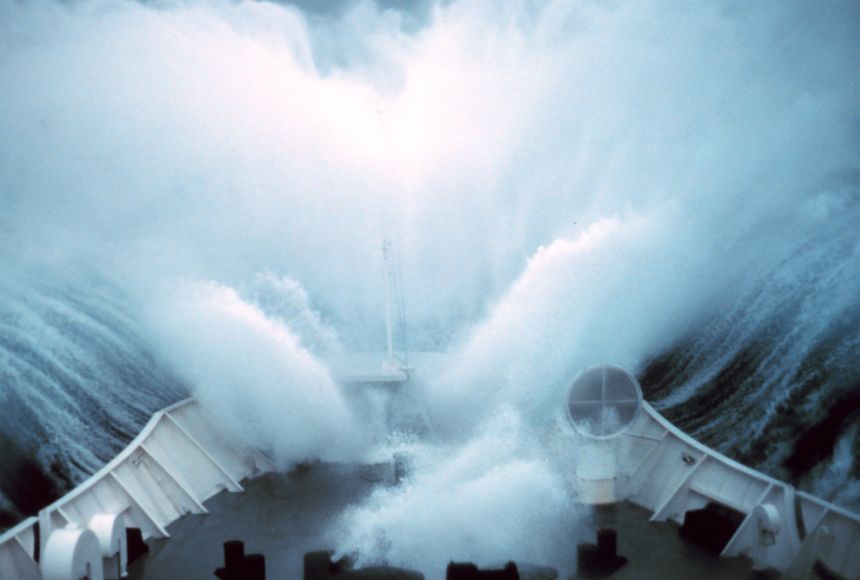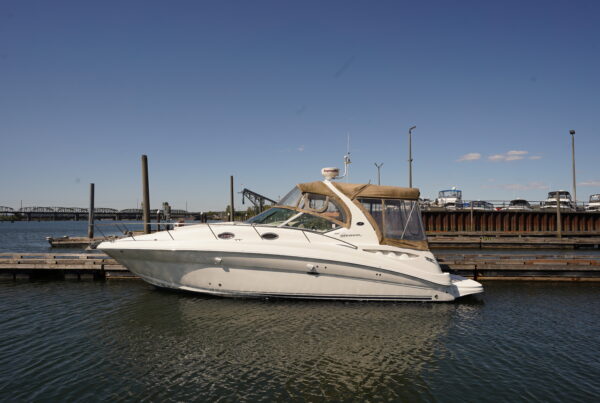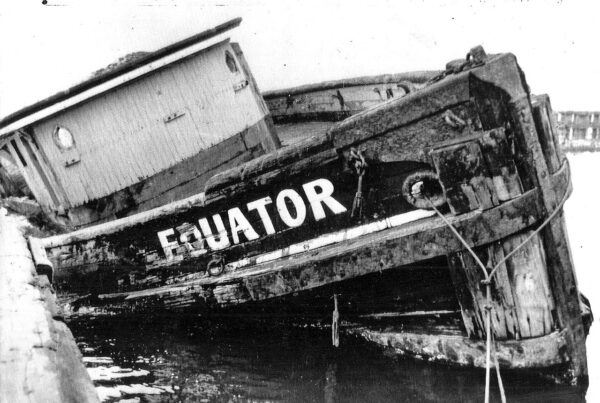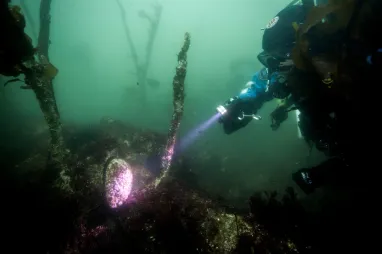Introduction:
In the vast expanse of the world’s oceans, a phenomenon lurks that has intrigued sailors and scientists alike for centuries: rogue waves. These towering giants of the sea rise from seemingly nowhere, defying conventional understanding and striking fear into the hearts of seafarers. This article explores the enigma of rogue waves, delving into what they are, the theories behind their formation, their prevalence, and the impact they have on boaters, both in folklore and reality.
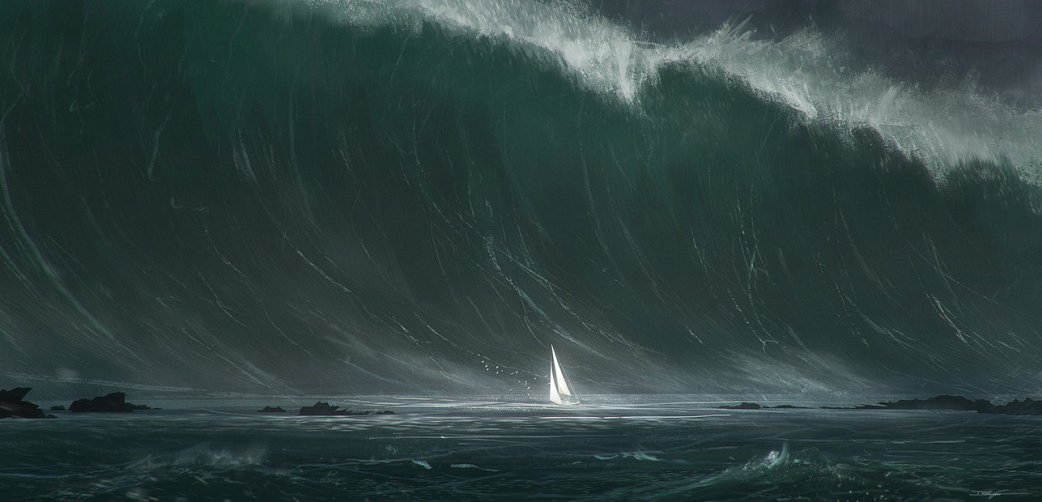
What are Rogue Waves?
Rogue waves, often referred to as “freak waves” or “monster waves,” are enormous and exceptionally large waves that occur unexpectedly and spontaneously in the open ocean. These waves can reach heights of 80 feet or more, towering above the surrounding sea, and possess immense destructive power. Unlike regular waves that occur due to wind or tidal forces, rogue waves seem to appear out of nowhere, striking with devastating force before vanishing back into the depths.
Theories Behind Rogue Wave Formation:
While the exact mechanisms behind rogue wave formation remain a subject of ongoing research, scientists have proposed several theories. One prominent theory suggests that rogue waves result from the phenomenon of constructive interference, where multiple smaller waves align and combine to create a single colossal wave. Another hypothesis points to the interaction between different wave systems, such as swells and wind-generated waves, amplifying the wave’s height. Yet, no single theory can fully explain the complexity and unpredictability of rogue waves, adding to their mystique.

Prevalence of Rogue Waves:
Initially regarded as a sailor’s tall tale, the existence of rogue waves has been validated by scientific observations and data. Research using satellite measurements, wave buoys, and eyewitness accounts from vessels has confirmed that rogue waves are not mere legends but a real and formidable force of nature. It is estimated that rogue waves with heights exceeding 25 meters (82 feet) occur approximately once every 10,000 waves, making them a rare yet persistent threat on the high seas.

Impacts on Boaters: Lore, Stories, and Reality:
Throughout history, seafarers have recounted tales of terrifying encounters with rogue waves, often describing them as ship-swallowing monsters emerging from the deep. These stories passed down through generations, have perpetuated the lore surrounding rogue waves, instilling fear and caution in sailors. The legendary tales of the Bermuda Triangle and the monstrous waves encountered by vessels like the Edmund Fitzgerald continue to captivate our imagination.
In reality, rogue waves pose a significant danger to modern-day boaters. Despite advancements in marine technology and forecasting systems, rogue waves remain difficult to predict accurately. Their sudden emergence catches even the most experienced sailors off-guard, leading to devastating consequences. Ships can be capsized or severely damaged, endangering the lives of crew members and leaving no room for escape.
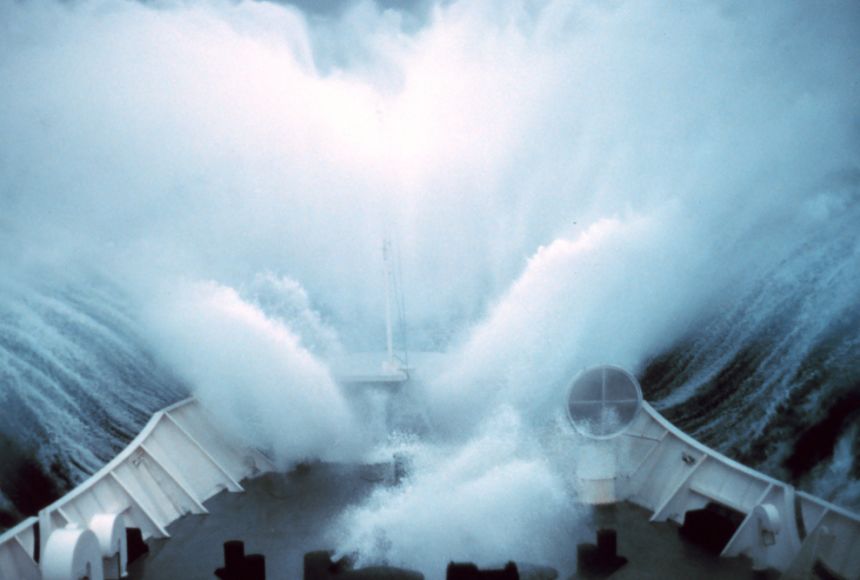
The Impact of Research and Safety Measures:
As our understanding of rogue waves improves, efforts are being made to enhance the safety of seafarers. Advanced monitoring systems, including radar and satellite technology, are now employed to detect the early signs of rogue wave development. By analyzing wave patterns and weather conditions, researchers aim to develop reliable forecasting models that could provide timely warnings to mariners.
Furthermore, engineering solutions are being explored to design vessels better equipped to withstand the impact of rogue waves. Innovations such as wave-piercing hull designs, improved stability systems, and the use of reinforced materials aim to increase the resilience of ships when faced with these unpredictable giants of the sea.
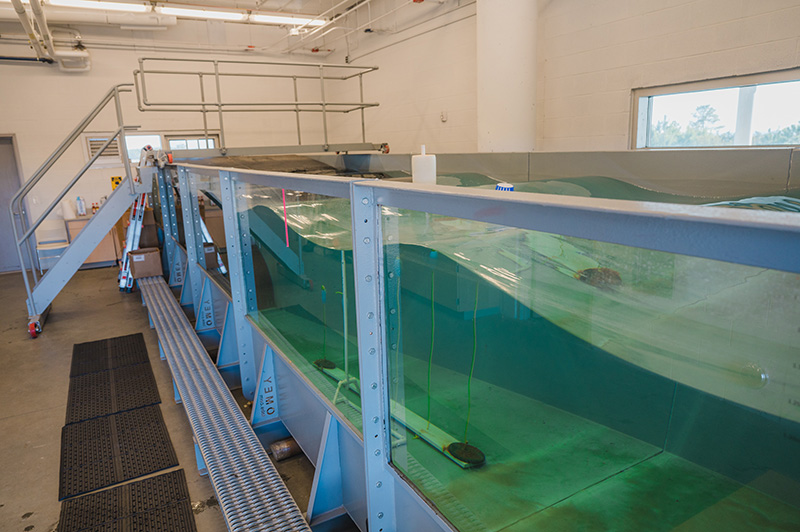
Conclusion:
Rogue waves continue to challenge our understanding of the world’s oceans, reminding us of the immense power and mystery that lies beneath the surface. As scientific research progresses, the veil surrounding rogue wave formation gradually lifts, shedding light on a phenomenon once relegated to folklore. By comprehending the mechanisms that drive these waves, we inch closer to a future where seafarers can navigate the seas with greater confidence and safety. Nevertheless, rogue waves remain a formidable force, a reminder of the raw and untamed beauty of the natural world that continues to captivate our imagination.
We encourage you to use Rabbet to connect with the rest of the boating community! Hop onto our Learn tab to find more articles like this. Join our various forums to discuss with boating enthusiasts like you. Create an account to get started.
Visit us on Pinterest to collect content and inspire others.

